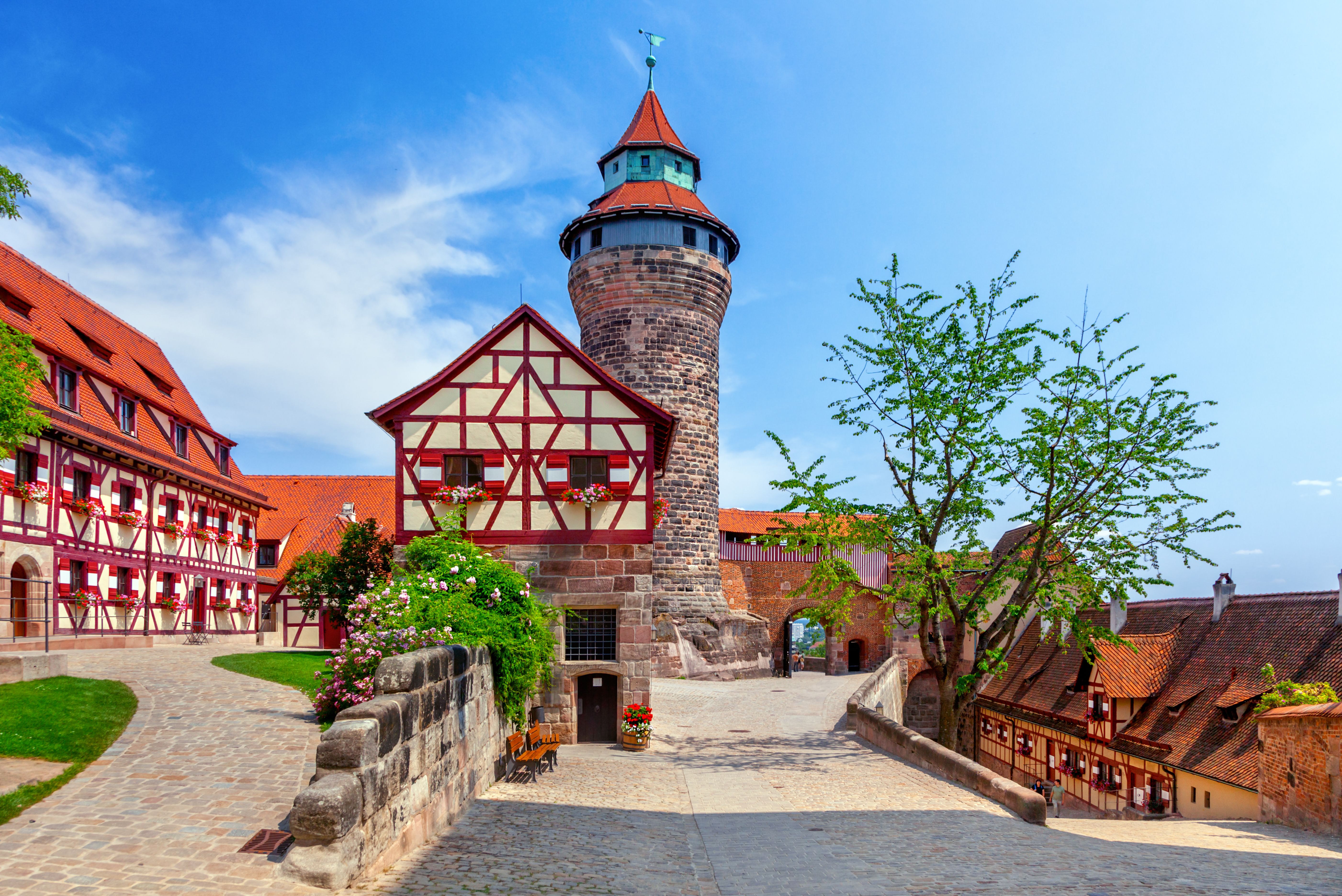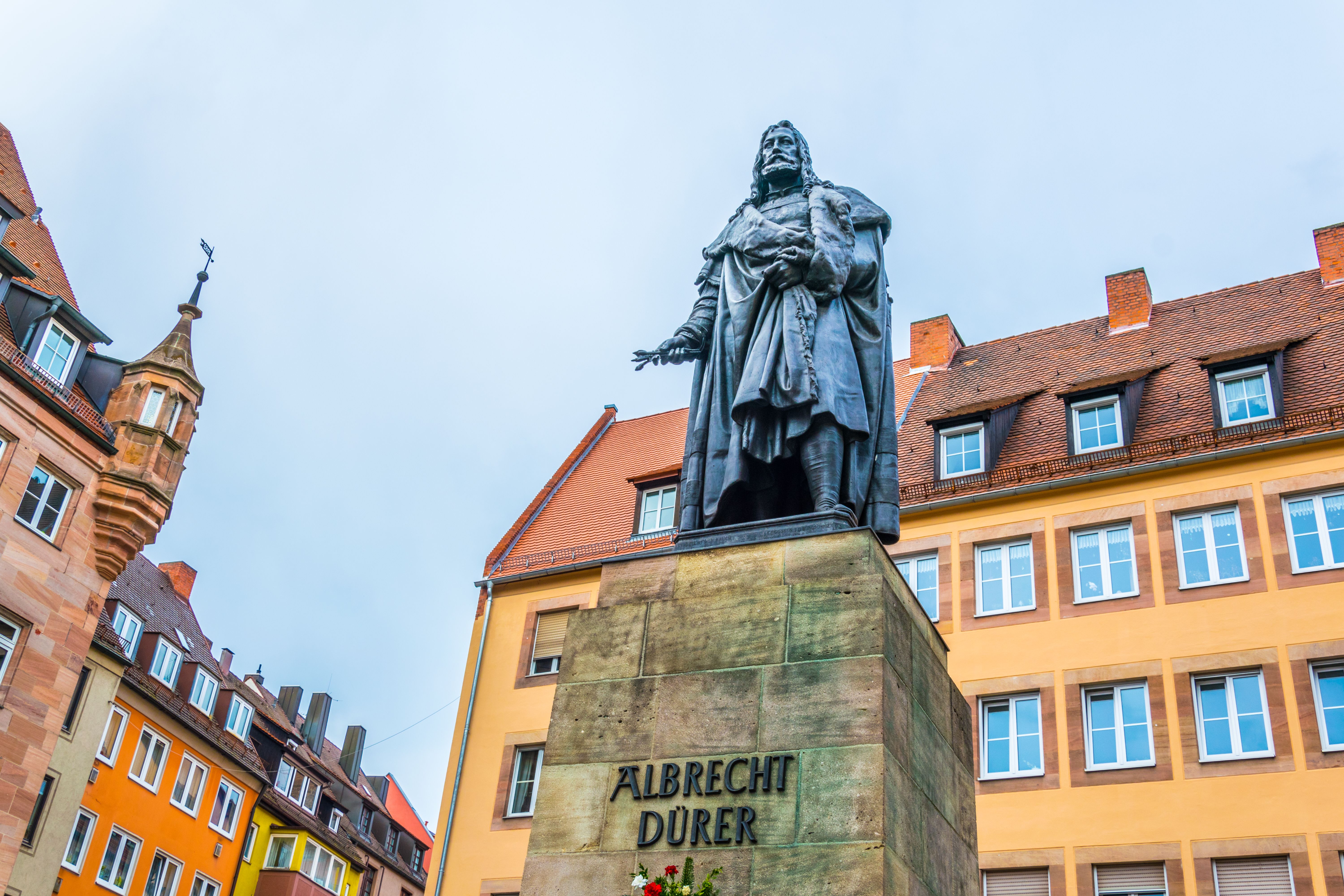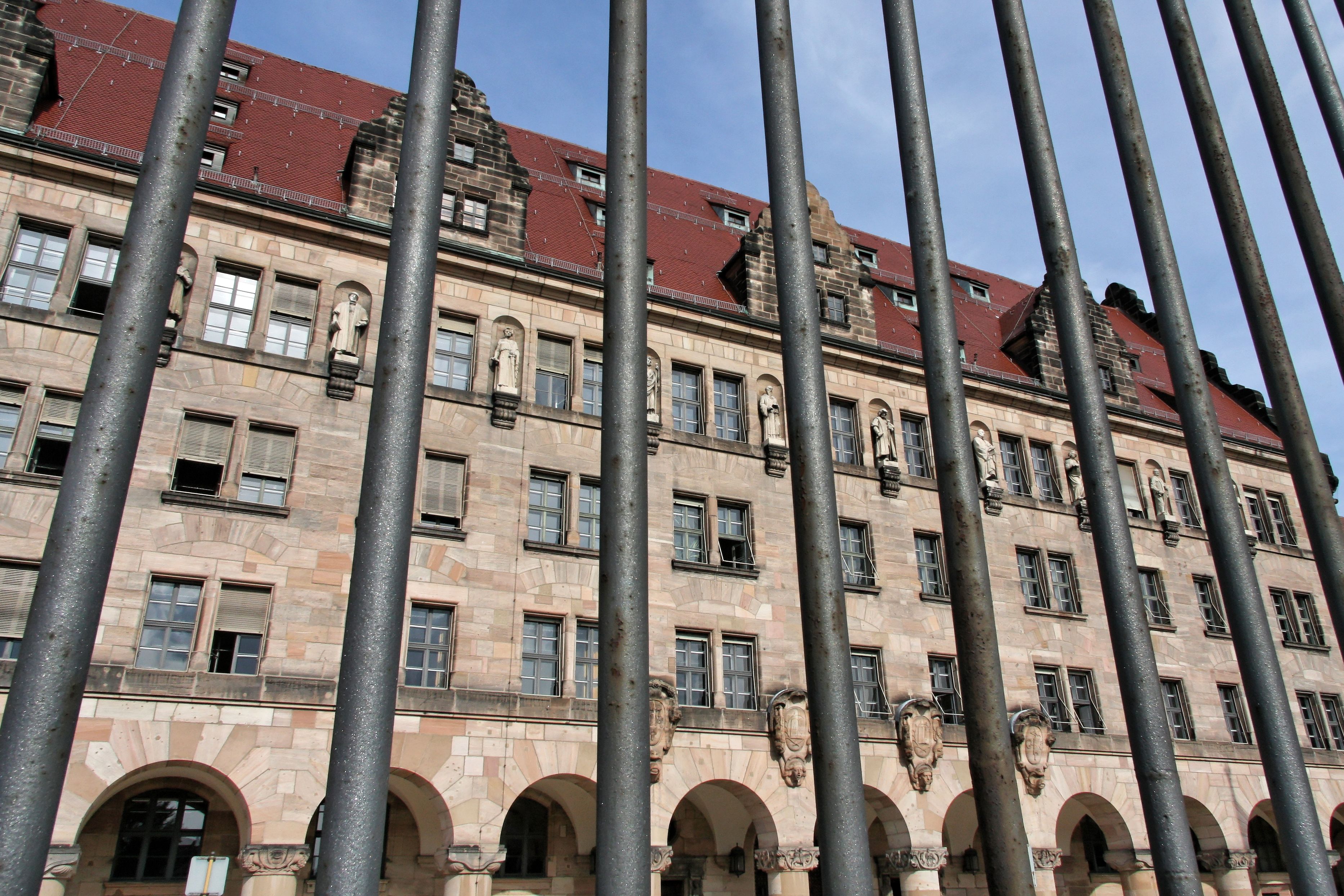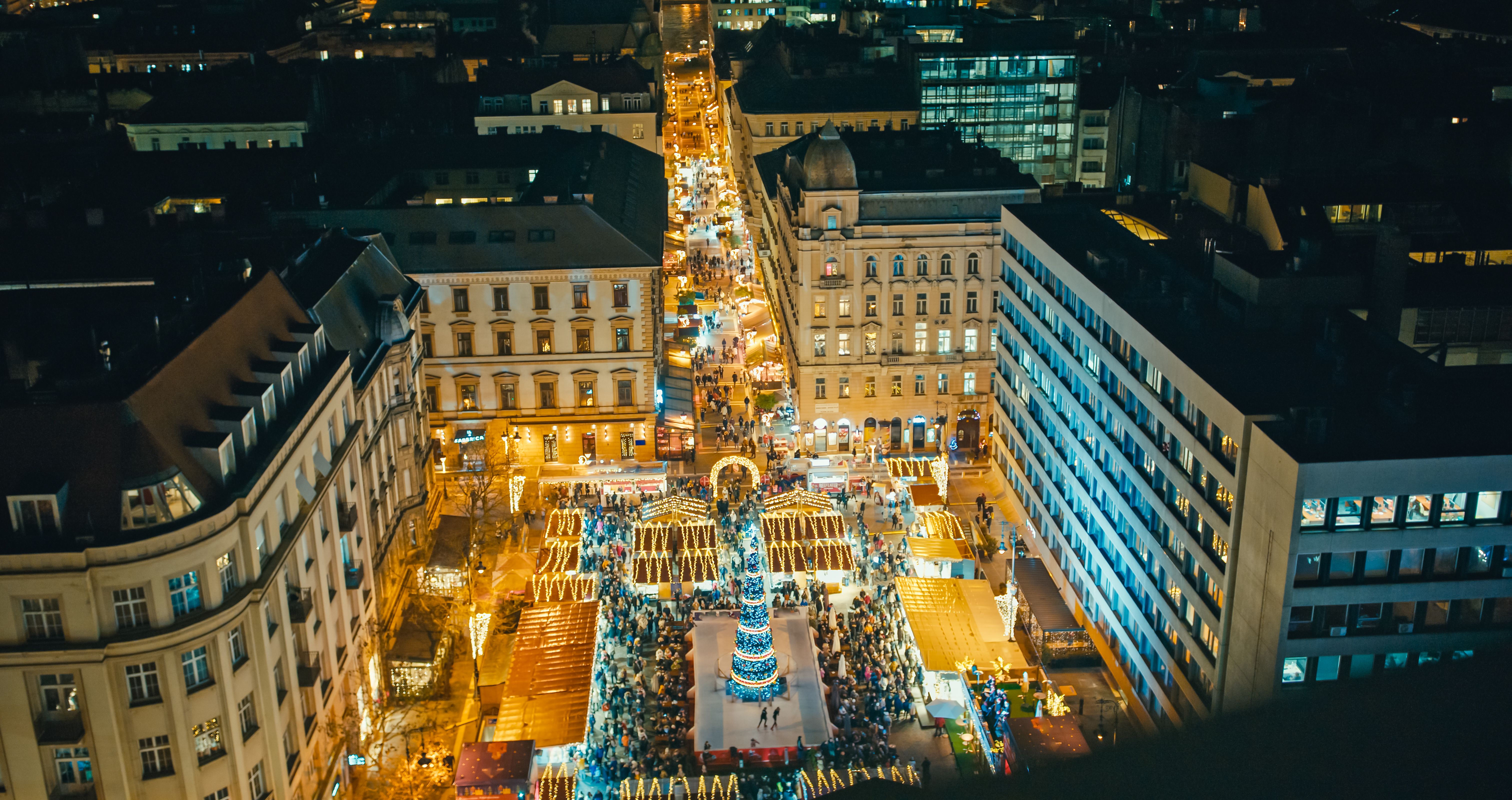Exploring the Rich History of Nuremberg
RR
Introduction to Nuremberg's Historical Landscape
Nuremberg, a city located in the heart of Bavaria, Germany, is a treasure trove for history enthusiasts. Its rich past is woven into the fabric of its architecture, culture, and local traditions. For centuries, Nuremberg has served as a hub of art, commerce, and politics, leaving behind a legacy that continues to captivate visitors from around the world.
The Medieval Charm of Nuremberg
Stepping into Nuremberg feels like a journey back in time. The city is famous for its well-preserved medieval architecture, most notably the Nuremberg Castle. This imperial castle dates back to the 11th century and provides breathtaking views of the city. Walking through its cobblestone streets, visitors encounter an array of historical landmarks, including the Church of St. Sebald and the Church of St. Lorenz.

The Role of Nuremberg in the Renaissance
During the Renaissance, Nuremberg emerged as a center of humanism and artistic innovation. The city was home to Albrecht Dürer, a renowned painter and printmaker whose works reflect the spirit of the Renaissance. His house has been preserved as a museum, allowing visitors to explore his life and contributions to art.
Nuremberg was also known for its advancements in science and technology during this period. The city's intellectual atmosphere fostered numerous inventions and discoveries, further establishing its reputation as a cultural and scholarly hub.

World War II and Nuremberg's Resilience
Nuremberg's history is not without its challenges. During World War II, the city suffered extensive damage due to Allied bombings. However, the resilience of its people led to an impressive reconstruction effort. Today, Nuremberg stands as a symbol of recovery and perseverance, with many of its historic buildings restored to their former glory.
The city played a significant role in post-war history as well. It was chosen as the site for the Nuremberg Trials, where key figures of the Nazi regime were prosecuted for war crimes. These trials marked a pivotal moment in international law and continue to be studied for their impact on justice and human rights.

Nuremberg's Cultural Heritage
Cultural heritage is a vital aspect of Nuremberg's identity. The city hosts numerous festivals and events throughout the year that celebrate its historical and cultural significance. The Christkindlesmarkt, one of the oldest Christmas markets in Germany, attracts millions of visitors who come to enjoy traditional Bavarian crafts, foods, and festivities.
Moreover, Nuremberg's museums offer a glimpse into its storied past. From the Germanisches Nationalmuseum, which houses an impressive collection of artifacts, to the Toy Museum that highlights the city's historic toy-making industry, there is something for everyone to discover.

Modern-Day Nuremberg
Today, Nuremberg seamlessly blends its historical heritage with modern amenities. The city is a thriving metropolis with a vibrant arts scene, diverse cuisine, and lively nightlife. Its universities and research institutions continue to attract scholars from around the globe, keeping alive its tradition of intellectual pursuit.
Visitors can enjoy both the historical charm and contemporary energy of Nuremberg by exploring its markets, dining at local eateries, or attending cultural performances. The city's ability to honor its past while embracing the future makes it a unique destination for travelers.
Conclusion: A Journey Through Time
Exploring the rich history of Nuremberg is like taking a journey through time. From its medieval roots to its role in shaping modern history, the city offers endless opportunities to learn and appreciate its diverse narratives. Whether you're an avid historian or a casual traveler, Nuremberg promises an unforgettable experience that bridges the past with the present.